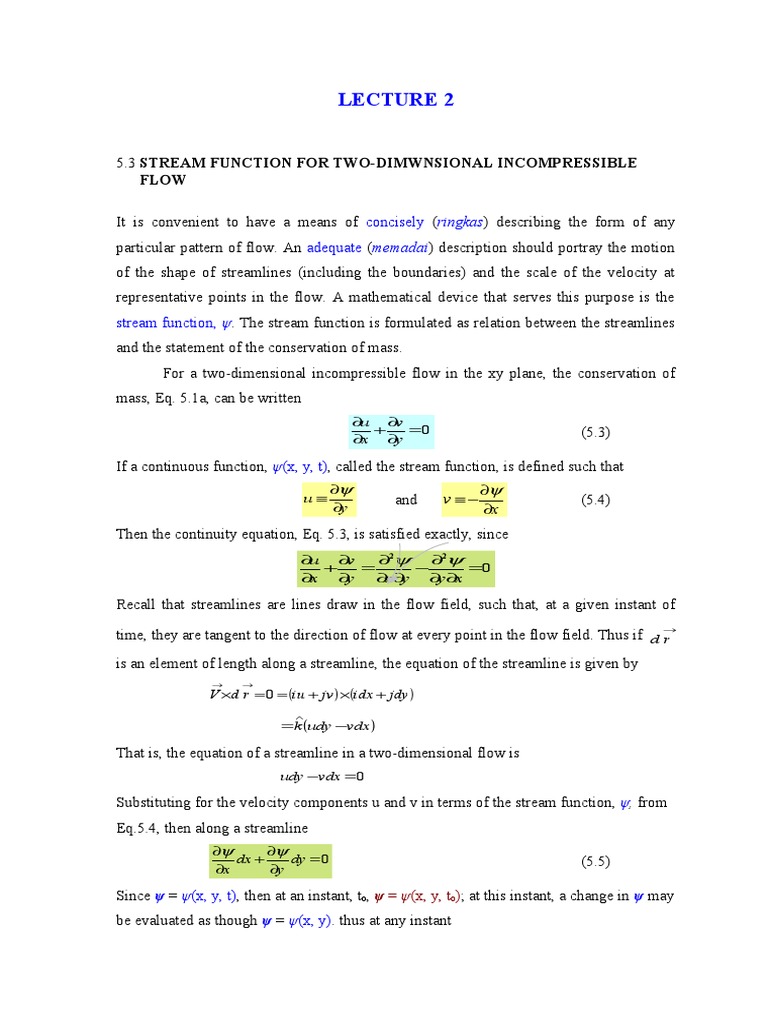Fluid dynamics, an intriguing branch of physics and engineering, examines the behavior of fluids (liquids and gases) in motion. This field plays a crucial role in numerous applications, ranging from aerodynamics in aviation to hydrodynamics in marine engineering. Despite its fundamental importance, there are scenarios where the principles of fluid dynamics falter, resulting in phenomena that deviate from expected theoretical predictions. This article explores these instances, highlighting how and why fluid dynamics can “slip up,” delving into various categories and framing the discussion around specific factors that contribute to these discrepancies.
To begin with, the exploration of fluid dynamics reveals several limitations associated with mathematical modeling. In many situations, overly simplistic models fail to capture the complexity of real-world fluid behaviors. For instance, the Navier-Stokes equations, which govern fluid motion, rely on assumptions such as incompressibility and laminar flow. However, in turbulent flow scenarios, where chaotic changes in pressure and velocity occur, these equations may not yield accurate predictions. Turbulence remains one of the most arduous challenges in fluid dynamics, often leading to a lack of solutions or the necessity for costly computational methods to approximate turbulent behavior.
In addition to turbulence, another significant limitation emerges from boundary layer effects. When fluids interact with surfaces, the resulting boundary layer can produce vastly different behaviors. The flow adjacent to a surface may experience significant deceleration due to viscosity, creating a discrepancy between the flow characteristics near the surface and those farther away. This phenomenon can result in flow separation, leading to increased drag on surfaces such as aircraft wings or ship hulls. Inadequate consideration of boundary layer effects can thus undermine predictions about lift, drag, and overall fluid resistance.
Moreover, the assumption of ideal fluid behavior is a common pitfall within the field. Ideal fluids are characterized by incompressibility and the absence of viscosity, which simplifies fluid analyses. However, real fluids seldom behave ideally. The presence of viscosity introduces complexities, particularly in cases involving non-Newtonian fluids. Non-Newtonian fluids, such as slurries and polymers, exhibit variable viscosity depending on the rate of shear. This non-static behavior requires advanced rheological models and can easily confound systems designed under the assumption of Newtonian flow, leading to significant discrepancies between prediction and observation.
One particularly notable area where fluid dynamics encounters difficulties is in the realm of multi-phase flows. These flows involve the simultaneous presence of multiple fluid phases (e.g., gas and liquid), complicating the dynamics due to interfacial forces and phase interactions. Common examples include oil and water mixtures, aerosol dispersions, and gas-liquid interactions in reactors. The complex interplay between the phases can result in unpredictable behaviors, thereby rendering traditional fluid dynamic models insufficient. Furthermore, the lack of a comprehensive understanding of interfacial phenomena can hamper efforts to design systems intended to optimize such flows.
Additionally, fluid dynamics often struggles in the context of micro and nano-scale applications. At these scales, the assumptions that hold at macroscopic levels, such as continuous fluid behavior, fail to apply. The dominance of surface effects and molecular interactions becomes apparent. Concepts like Brownian motion or slip flow—where fluid molecules do not adhere to boundary surfaces—significantly challenge existing fluid dynamic paradigms. In systems such as microfluidic devices, where control over fluid behavior is paramount, the discrepancies between classical fluid dynamics predictions and actual behaviors can lead to failures in device performance or operational efficacy.
The influence of external forces, such as gravitational and electromagnetic fields, also introduces complexities that can render fluid dynamics inadequate. For instance, in astrophysical applications, fluid behavior under varied gravitational fields can lead to unanticipated outcomes. In cosmology, the dynamics of interstellar gas clouds can lead to star formation or collapse in ways that defy simplistically derived models. Additionally, in engineering applications, fluid behavior influenced by varying pressure fields may deviate from expected outcomes, particularly in systems designed to operate under specific conditions that are not maintained in real-world applications.
Furthermore, the field of fluid dynamics can also experience significant limitations when relying on experimental validation. Often, experiments conducted to measure fluid behavior inevitably involve simplifications and idealizations that may not reflect real-world environments. As a result, experimental data may contradict theoretical predictions derived from fluid dynamic models. This discord can lead to an entrainment of discrepancies, which underlines the necessity for continually refining both the experimental methodologies and theoretical frameworks in light of new findings.
In conclusion, while fluid dynamics is a pivotal domain with extensive application across various scientific and engineering disciplines, it is not without its shortfalls. The challenges posed by turbulence, boundary layer effects, ideal fluid assumptions, multi-phase behavior, micro-scale phenomena, external influences, and experimental validation all highlight the complexities inherent in accurately predicting fluid motion. Each of these factors can lead fluid dynamics to “slip up,” necessitating ongoing research, the development of enhanced models, and a deeper understanding of fluid behaviors in diverse contexts. Addressing these challenges will be paramount for the continued advancement of this essential field.










